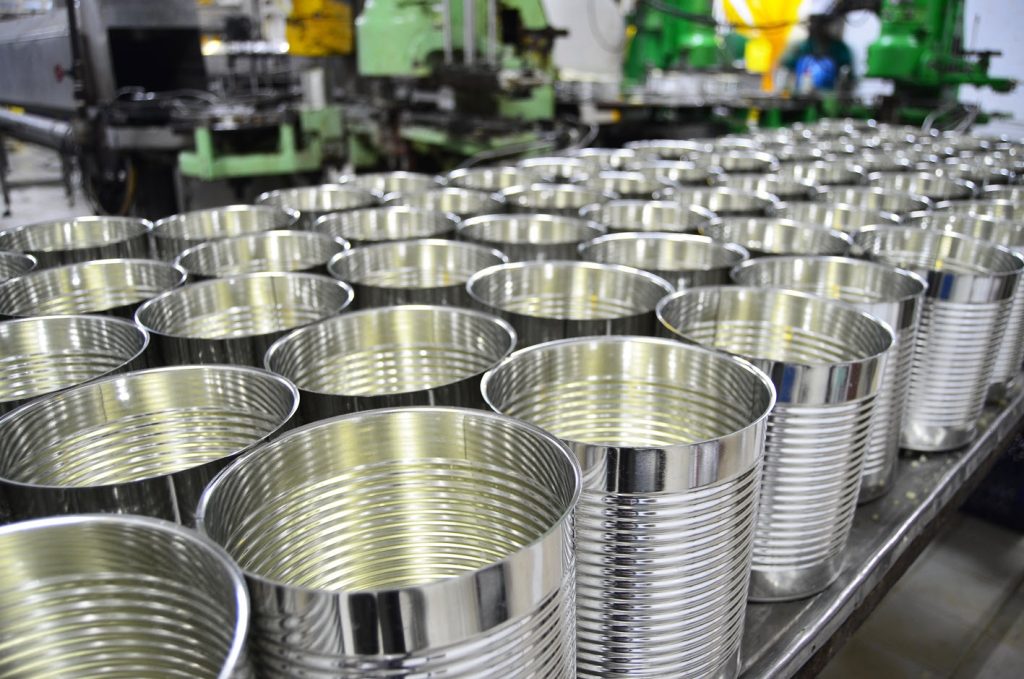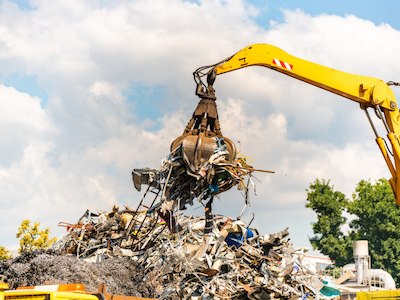Aluminum Scrap Markets

April 6, 2025
March check-in: Mixed signals, muted optimism, and a market watching Washington
Written by Gabriella Vagnini
By now, most people in aluminum have figured out how to read between the lines. The headlines are loud, tariffs, trade, reshoring. But the day-to-day? It’s quieter, more cautious. That same sentiment spoke through our monthly AMU survey.
Stable beats sinking, but not by much
Let’s start with the basics. Half of respondents said current demand is stable, and another 30% said it’s improving. That’s less optimistic than February’s feedback, where the majority leaned more heavily toward “stable” with improving conditions at 42%. Even so, only 10% expect demand in their segment to grow in the near term, while 30% expect it to decline. That gap between “where we are” and “where we think we’re going” is wide, and worth watching.
Exports dragging, domestic holding the line
Export markets are still under pressure. About a third of respondents said export demand is declining, and several cited tariffs, or just the threat of them, as the main drag. One recycler put it plainly: “Export is dying due to the threat of tariffs.” Another added that exports are hurting the domestic scrap flow. It’s hard to build momentum when everyone’s looking over their shoulder at what Washington might announce next.
And while the domestic picture isn’t exactly rosy, it’s relatively steadier. Some respondents are banking on tariffs being “all for show,” hoping they don’t stick around long enough to do serious damage. But others aren’t so sure, and the 50/50 split on whether obsolete scrap supply can meet downstream needs says a lot about that uncertainty.
The tariff effect: Waiting on the next move
With Trump’s recent executive order declaring a national trade emergency, tariffs are once again at the forefront, especially for those tied to Mexico and Canada. But when asked if OEM accounts with cross-border exposure were placing new business in the U.S., half said “No,” and 40% said “Somewhat.” That lines up with what we’ve been hearing, as companies are watching the situation but not necessarily acting on it yet.
The bigger concern? How tariffs will reshape cost structures. One producer noted, “Primary aluminum will keep flowing steadily, but it will be more expensive.” Others pointed fingers directly at the new trade policies. When asked what obstacles are getting in the way of material flow and shipment, one simply wrote: “Trump Tariffs.”
Scrap flows and spread expectations
Scrap markets are still trying to find their footing. Industrial scrap flows are stable, but retail intake is lagging. Some blame it on mergers that have skewed volumes and made it harder to balance intake. And in terms of spreads, opinions were split, 40% expect scrap spreads to widen next month, while 40% see them holding steady.
As for UBC pricing, the majority believe it’ll tick back above $0.76/lb. We saw a dip in the last month, after the 81% and above from the last couple months. That’s a sign the market still lacks consensus, and probably a reaction to both demand questions and export pressure. But still, if UBC’s are believed to rise again and go beyond 80% of MWTP, one has to wonder how mills can operate at those prices.
Freight, containers, and costs across the board
There’s no big movement on logistics. Most said freight and container costs are stable, with just a handful noting declines. That said, some U.S. importers are seeing delays at the ports and long lines at the borders. We’ve heard the Mexico-U.S. border is back up for miles with trucks trying to get into the U.S. before tariffs hit their material. Unfortunately, some recyclers aren’t even getting in line, stating that they passed on major UBC purchases from Mexico due to the lines and the tariff uncertainty.
Final thoughts: The calm before what?
The aluminum market isn’t exactly panicking, but it’s not coasting either. Most businesses are in holding patterns, waiting to see what tariffs turn into, watching how demand shakes out, and hoping they won’t be left flat-footed by Q3.
If there’s a silver lining, it’s that nobody reported total collapse. Stability, cautious planning, and a little bit of hope, that’s what March gave us. But April will be a different story, especially if the policy shifts start turning into real contracts, real cost changes, and real shifts in material flow.
We’ll be watching and now that our surveys are back on track, so will you.







